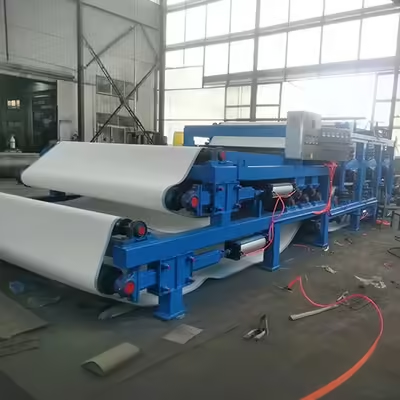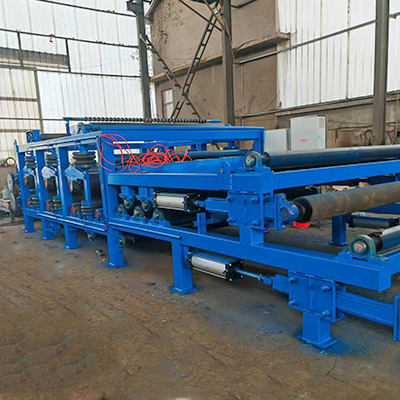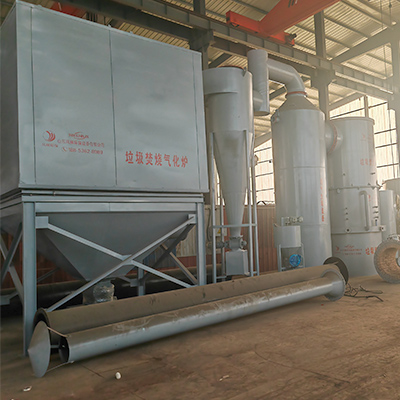Welcome to My Blog! 🌟
I’m so glad you’re here! Before we jump into the exciting content, I’d love for you to connect with me on my social media platforms. It’s where I share extra insights, interact with our amazing community, and post regular updates. Here’s how you can join the conversation:
📘 Facebook: Follow me on Facebook for more updates
Now, let’s dive into the journey ahead. I hope you find everything here both engaging and valuable. Together, let’s explore, learn, and grow! 🚀
Table of Contents
Introduction
In today’s world, water quality is a growing concern across residential, commercial, and industrial sectors. From the presence of heavy metals to suspended solids and chemical contaminants, many water sources are no longer safe without effective treatment. Among the many options available, the multi media water filter stands out as a versatile and reliable solution. This filtration system uses multiple layers of media to trap different types and sizes of impurities. It offers improved water clarity, longer service intervals, and higher flow rates compared to single media filters.
This article explores nine critical reasons why choosing a multi media water filter is a smart investment. Whether you’re a homeowner, facility manager, or industrial engineer, understanding the benefits of this advanced filtration system can help you make more informed water treatment decisions.
NO 1. Enhanced Filtration Efficiency with Multi Media Water Filter
One of the most significant advantages of a multi media water filter is its ability to capture a wide range of particles in a single pass. Traditional filters may only target one size of impurity, but multi-layered filtration systems use materials like gravel, sand, and anthracite coal to catch particles of varying sizes and densities.
Each layer in a multi media water filter plays a specific role:
- Coarse gravel catches large debris.
- Fine sand removes smaller particles.
- Anthracite coal targets microscopic impurities and suspended solids.
This structured design allows the water to flow through without becoming quickly clogged, offering longer periods between maintenance.
NO 2. Cost Savings Over Time
While the upfront cost of a multi media water filter may be higher than some alternatives, the long-term savings are substantial. Because these filters offer extended life spans and reduced maintenance, you spend less on replacement parts, labor, and system downtime. Additionally, using a multi media water filter can protect downstream systems like UV sterilizers and RO units, further decreasing your expenses.
The cost-efficiency becomes more apparent in larger operations, such as industrial plants or municipal systems, where labor and replacement costs can escalate quickly.
NO 3. Versatile Applications Across Sectors

The flexibility of the multi media water filter allows it to be used in a variety of settings:
- Residential homes for improving tap water quality
- Hotels and resorts for better water aesthetics and taste
- Pharmaceutical companies to meet purity standards
- Food and beverage manufacturing for product consistency
- Power plants for boiler feedwater pretreatment
- Municipal water treatment to reduce turbidity and particulate load
Whether the goal is to meet health standards or improve operational efficiency, a multi media water filter can be adapted to various flow rates and water quality requirements.
NO 4. Improved Water Quality and Taste
A multi media water filter doesn’t just clean water—it enhances its overall quality. The multi-layer approach can remove iron, manganese, sediments, and organic matter that often give water an unpleasant taste, odor, or color.
In residential settings, this means better tasting water for drinking and cooking. In commercial environments, it leads to better customer satisfaction and compliance with health standards. Clean water also extends the life of water-using appliances and fixtures.
NO 5. Protection for Downstream Equipment
Poor water quality doesn’t just affect the end user; it can significantly impact the lifespan and efficiency of downstream water treatment systems. RO membranes, UV sterilizers, and even basic plumbing can suffer from fouling, scaling, and corrosion.
A multi media water filter acts as a pre-treatment system that reduces these risks by filtering out sediments, suspended solids, and other particulate matter before they reach sensitive components.
Comparison Table: Multi Media Water Filter vs. Other Filters
| Feature | Multi Media Water Filter | Sand Filter | Cartridge Filter | Carbon Filter |
|---|---|---|---|---|
| Filtration Efficiency | High | Moderate | High (short-term) | Moderate |
| Maintenance Frequency | Low | Moderate | High | Moderate |
| Flow Rate | High | Low to Moderate | Low | Moderate |
| Application Versatility | Wide Range | Limited | Limited | Specific Use Cases |
| Media Life Span | Long | Moderate | Short | Moderate |
| Cost Over Time | Cost-Effective | Moderate | Expensive (replaces) | Moderate |
NO 6. Environmental Benefits

Sustainability is a growing concern in the water treatment industry, and a multi media water filter contributes positively. Unlike single-use cartridge filters that need frequent replacement, multi media filters use long-lasting natural materials that can be cleaned and reused.
This reduces landfill waste, manufacturing demand, and overall environmental footprint. Moreover, by improving system efficiency, these filters can also reduce the amount of energy needed to operate downstream equipment.
NO 7. Low Maintenance Requirements
Maintenance can be a significant burden for facilities using older or inefficient filtration systems. Fortunately, a multi media water filter generally requires minimal intervention. These systems typically come with automatic or semi-automatic backwashing cycles that flush out accumulated particles without disassembling the unit.
This ease of use allows for more consistent operation, reduced downtime, and fewer manual labor hours—making them ideal for settings where operational efficiency is a top priority.
NO 8. Proven Track Record in Industrial and Municipal Use
The multi media water filter is not a new or experimental technology. It has been tested and trusted by industries and municipalities around the globe for decades. From desalination plants in the Middle East to beverage factories in Europe, this filtration method has consistently demonstrated its reliability and performance.
Many municipal water authorities use multi media water filter systems as the first step in multi-barrier treatment approaches to reduce turbidity and protect subsequent processes.
NO 9. Customization Options for Specific Needs

No two water treatment scenarios are exactly alike. A multi media water filter can be custom-designed to suit your exact flow rate, water quality, and space requirements. Engineers can adjust the depth and composition of each media layer to match the specific contaminants you want to target.
These tailored solutions help ensure maximum efficiency, water quality, and return on investment. Whether you’re dealing with high turbidity, chemical contamination, or biological load, customization makes a big difference.
Conclusion
When evaluating options for water purification, the multi media water filter emerges as a superior solution across multiple dimensions—efficiency, versatility, durability, and long-term cost savings. It’s a dependable technology with wide applications, from domestic use to complex industrial needs.
As water quality concerns continue to grow, so does the importance of choosing the right filtration method. Investing in a multi media water filter today means cleaner water, lower maintenance costs, and a more sustainable future.
FAQ
What is a multi media water filter?
It is a filtration system that uses layers of different materials (such as gravel, sand, and anthracite) to remove various sizes and types of contaminants from water.
How often does it need maintenance?
With proper setup and automatic backwashing, a multi media water filter requires very low maintenance, usually only periodic checks.
Can it be used for drinking water?
Yes, especially as a pre-treatment system. However, for complete drinking water purification, it’s often paired with other systems like UV or RO.
Is it suitable for industrial use?
Absolutely. Many industrial operations rely on multi media water filter systems to ensure clean water for boilers, processes, and cooling towers.
How long does the media last?
Depending on usage and water quality, the media layers in a multi media water filter can last several years before needing replacement.
Can the filter be customized?
Yes, engineers can design media layers specifically to target the contaminants in your water source.
Is it environmentally friendly?
Yes. The reusability of the media and lower energy consumption contribute to a reduced environmental footprint.
How does it compare to cartridge filters?
Cartridge filters often need frequent replacements and are less efficient in handling large volumes of water, while a multi media water filter is more robust and economical in the long run.
Does it affect water pressure?
Multi media filters generally maintain high flow rates and are designed to minimize pressure drops across the system.
Can I install one at home?
Yes, there are residential versions of multi media water filters suitable for whole-house water treatment.






